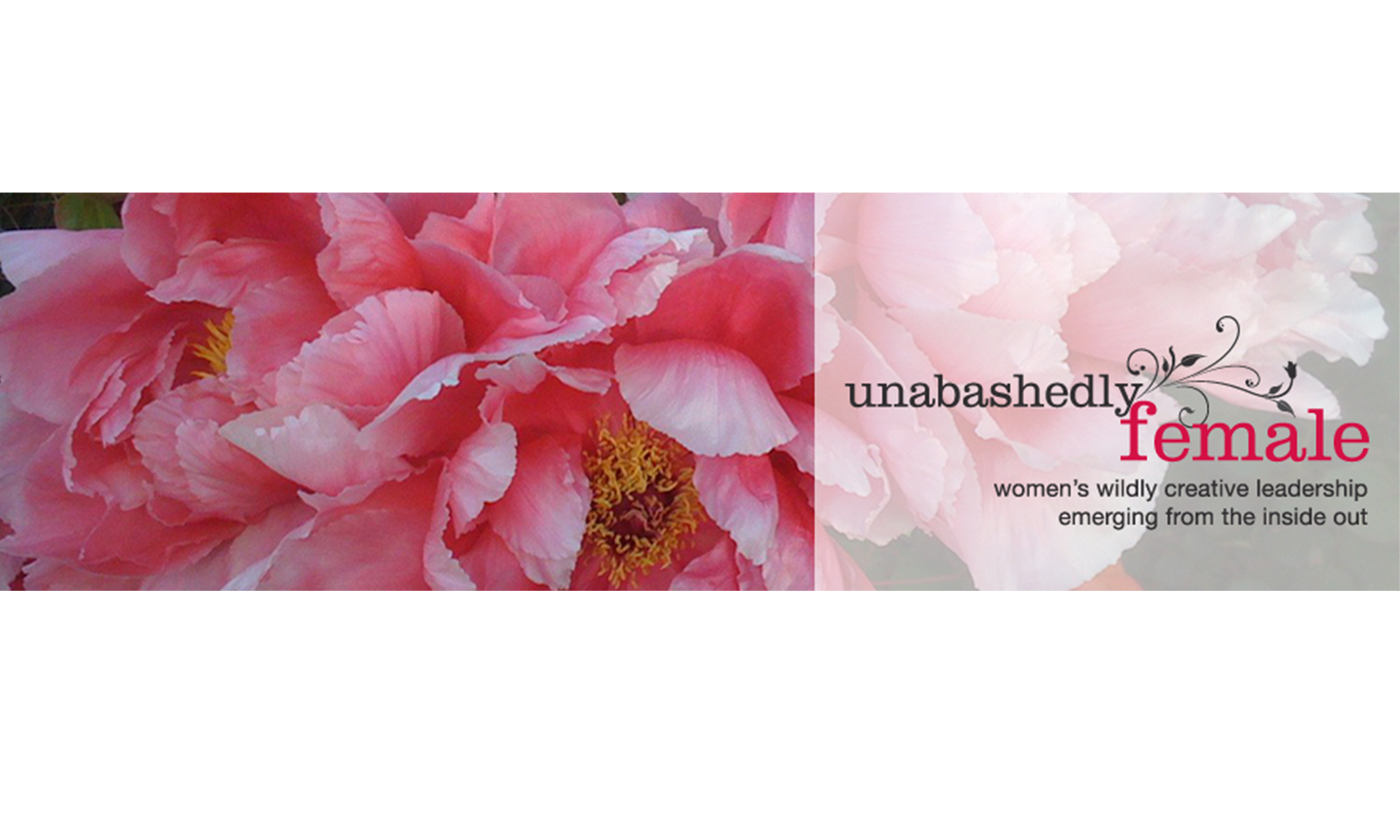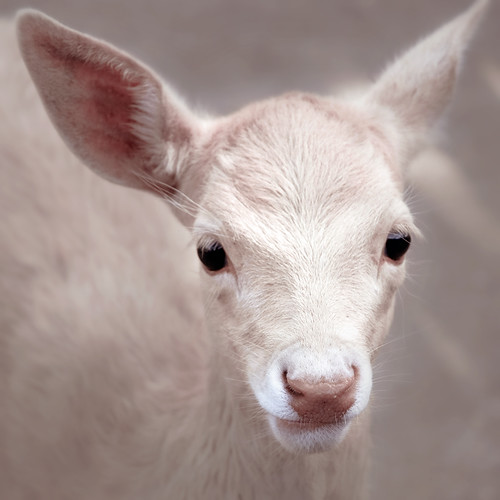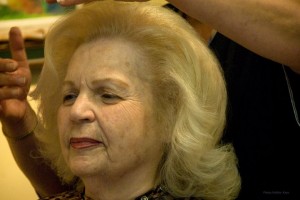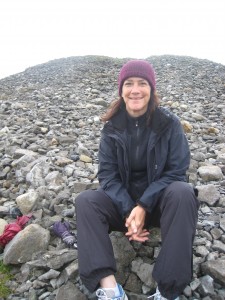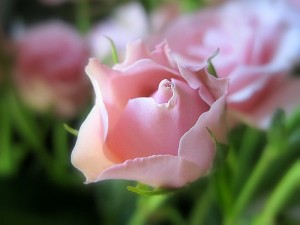
The erotic impulse and the creative impulse are inextricably intertwined. ~ A Stassinopoulus
…
I’ve been teaching, rather I should say facilitating, creativity courses for a number of years, and I’ve noticed some interesting things about creativity.
We are educated out of our creativity. Sir Ken Robinson speaks eloquently of this.
We’re born creative. It’s our nature. Yet, only 2% of adults believe they are creative.
Creativity isn’t an act of the thinking mind – it’s an act of nature, and that nature is most accessible by way of a mind embodied, by way of the heart and soul.
Creativity is a flowering, an urge from within, an explosion of life force that propels the seed up through the ground, the baby out through the mother, the cherry blossom to bloom, the seed of an idea into an innovative force.
Creativity, Love, Sexuality, Sensuality are all aspects of our true nature – the life force that flows through us.
Our biggest block to allowing this force to flow is our fear of losing control, which is also our fear of the ‘little death’, the ‘die before you die’ that is at the heart of awakening and the expression of the sacred.
…
Our creativity is our nature, a nature that is wild, unfettered, feral, and unpredictable, just like our sexuality. Totally unpredictable, yet so necessary to life joyfully lived. It can feel frightening, yet so full of the very thing our souls are thirsting for:Â a full cup of life’s eroticism.
Our need to control keeps our true nature at bay. It keeps us in a kind of limbo, where we long for the freedom to create, yet at the same time, telling ourselves that others hold the key that can unlock that freedom.
The freedom is ours if we’re willing to let go of control and allow life to move us.
An Issue of Authority
No one can give the green light to life to move through us, but us. Each of us can speak the quiet, yet powerful, ‘Yes’ for Life to take us on the ride it has planned for us.
For me, Life is God. It is the mystery. We give many names to it, because we want to understand it, to know it, to have some insight into it so we can ‘know’ it and control our experience in some way.
One of the ways I try to control (in a fairly unconscious way) is looking for permission to create what I really want to create. Of course it isn’t so literal when it shows up in my day-to-day life.
As my dear friend Jeanne says, “It’s an authority issue.”
I wonder, when did I put someone else in charge of me? When did I give someone else the key to my feral self, my wild unfettered creativity? When did I hand over the rights of my body, my soul, my power?
At one point in my youth, I traded my power to create for safety and love. Smart choice for a little one that was too young to survive on her own. Until it became conscious, I didn’t realize how often and how much I was trading my voice for all the things that kept me connected.
The only thing is, that kind of connection isn’t real, nor is it true. That kind of connection is a not-so-helpful trade-off of power with another that keeps us both locked up in the search for safety, rather than the expression of what wants to be known.
…
The deeper I dive into the creative fire, the more I know this connection between the erotic impulse and the creative impulse. The desire to know the mystery that is at the heart of my nature shows itself in many forms.
There are many out there that wish to hold the power over my body, my femaleness, my sexuality, and this feral female instinct. How long will I go along with that crazy-making agreement?
This woman’s body belongs to no one. This woman’s wild self is free. I am fortunate in this. I live in a place where this is still so, even if others are banging drums to change that.
It is up to me to set the impulse free, to write it, to dance it, to sing it, to speak it. And to enjoy the eroticism that life offers, not as a woman that is simply here to please a man, but a woman here to write her life.
The men I honor and respect revel in that writing. They celebrate the coming together of the creative impulse and the erotic impulse in all women, for in doing so they set their own creative impulse free, as well.
…
In my post on Extending Love, I wrote of learning to love everything, beginning with that which felt the easiest to love. My own sexuality hasn’t been the easiest, yet if I am to write my life, it is one of the most important places to extend my love.
Lucille Clifton writes of magic hips, hips that hold the cradle of creativity in women.
Maya Angelou knows this well:
Does my sexiness upset you?
Does it come as a surprise
That I dance like I’ve got diamonds
At the meeting of my thighs?
How would I describe this cradle of creativity, this place of the source of infinite generosity and abundance within my own body?
We’ll see what the mystery brings…
…
Image courtesy of AussieGal on Flickr, under Creative Commons 2.0 License
